As West Asia broadly welcomes the Gaza ceasefire, Iran finds itself at one of its most vulnerable junctures since the 1979 Islamic Revolution, its regional influence diminished, alliances fractured and its leadership uncertain about the next move.
For decades, Tehran has anchored its so-called “Axis of Resistance”, a coalition of terrorist groups and sympathetic states opposing Israel and the United States. But Israel’s months-long bombardment of Gaza, paired with targeted strikes on Hamas and Hezbollah leaders across the region has severely weakened Iran’s network of proxies.
Even key figures within its military and nuclear establishment have been killed, leaving Tehran’s regional strategy in disarray.
As President Donald Trump prepares for a high-profile visit to West Asia, one likely to see him lauded by both Israel and Arab capitals — Iran remains conspicuously side-lined, still reeling from June’s 12-day conflict with Israel.
A fragile ceasefire and a wounded theocracy
“Its alliance system in the region is in ruins, but it doesn’t mean the ‘Axis of Resistance’ is no more,” observed Ali Vaez, Iran project director at the International Crisis Group. “Undoubtedly, this is not a proud moment for Iran.”
Tehran’s state media has sought to portray the Gaza ceasefire as a triumph for Hamas — despite the destruction of the enclave and the deaths of more than 67,000 Palestinians, according to Gaza’s health authorities. Iran’s Foreign Ministry, attempting to maintain moral authority, welcomed “any decision that guarantees halting the genocide of Palestinians.”
Yet, behind this rhetoric lies deep anxiety. Ali Akbar Velayati, senior adviser to the 86-year-old Supreme Leader Ayatollah Ali Khamenei, warned on X that “the start of the ceasefire in Gaza may be the behind-the-scenes end of the ceasefire somewhere else” — an apparent signal that Tehran’s focus could shift towards new fronts involving Hezbollah, Yemen’s Houthis, or Iraqi militias.
Impact Shorts
More ShortsThe Iranian public, meanwhile, remains gripped by fear. Israeli strikes in June reportedly crippled much of the country’s air defences. Khamenei has reduced his public appearances, and Iran quietly cancelled its annual military parade marking the end of the Iran-Iraq war — a ceremony traditionally showcasing its missile and drone arsenal.
Economic strain and strategic isolation
Years of sanctions, compounded by falling global energy prices, have pushed Iran’s economy to the brink. “We do not have the resources anymore; our economy has weakened,” said Tehran-based analyst Saeed Leilaz. “Our support to Hamas was a reaction to U.S. actions — to divert conflicts from our borders.”
Others see the regime’s predicament as more existential. “Iran is like a bankrupt gambler,” said Amir Kazemi, a university student in Tehran. “When Hamas attacked Israel, Iran was jubilant. But now, after the ceasefire, it has nothing left to show.”
The Islamic Republic’s revolutionary ambitions have steadily eroded since its early years. What began as an attempt to export its Shiite ideology across the region transformed, after the brutal Iran-Iraq war, into a strategy of deterrence. But that deterrence, too, has waned as Gulf states modernised their arsenals with Western weapons, and the U.S. military entrenched itself in the region after the 1991 Gulf War.
The “Axis of Resistance” reached its zenith in the chaos following the 2003 U.S. invasion of Iraq and Yemen’s civil war. At its height, Iran could rely on Hezbollah, Syrian President Bashar al-Assad, the Houthis, Iraqi militias and Hamas — a rare Sunni ally. Today, those alliances are collapsing. Assad was overthrown last year, Hezbollah and Hamas have lost key leaders, Iraqi militias have receded, and Houthi strongholds are now being targeted by increasingly precise Israeli strikes.
Even Iran’s nuclear ambitions appear to have stalled after the June conflict, with Western intelligence suggesting its uranium enrichment programme has been disrupted.
The end of the old order
Tehran’s strategic loneliness is now glaring. Despite supplying cheap oil to China and armed drones to Russia, neither power has offered tangible support. At home, the regime faces an emboldened civil society — women defying the hijab law and a surge in executions signalling the leadership’s insecurity.
“The ceasefire is reflective of Tehran’s collapsing regional clout following the unraveling of its long-powerful ‘Axis of Resistance’ since 2024,” said Ali Fathollah-Nejad, director of the Berlin-based Center for Middle East and Global Order. “It will free Israeli military capacities that can now be redirected against Iranian interests — in Lebanon or even Iran itself.”
Trump, hailing Iran’s acceptance of the truce as “terrific news,” has shown no inclination to reopen nuclear talks.
“Time is not on Iran’s side,” Vaez warned. “But the problem is, no one is giving them an exit ramp — and even if they were, it’s unclear whether Tehran would take it.”


)
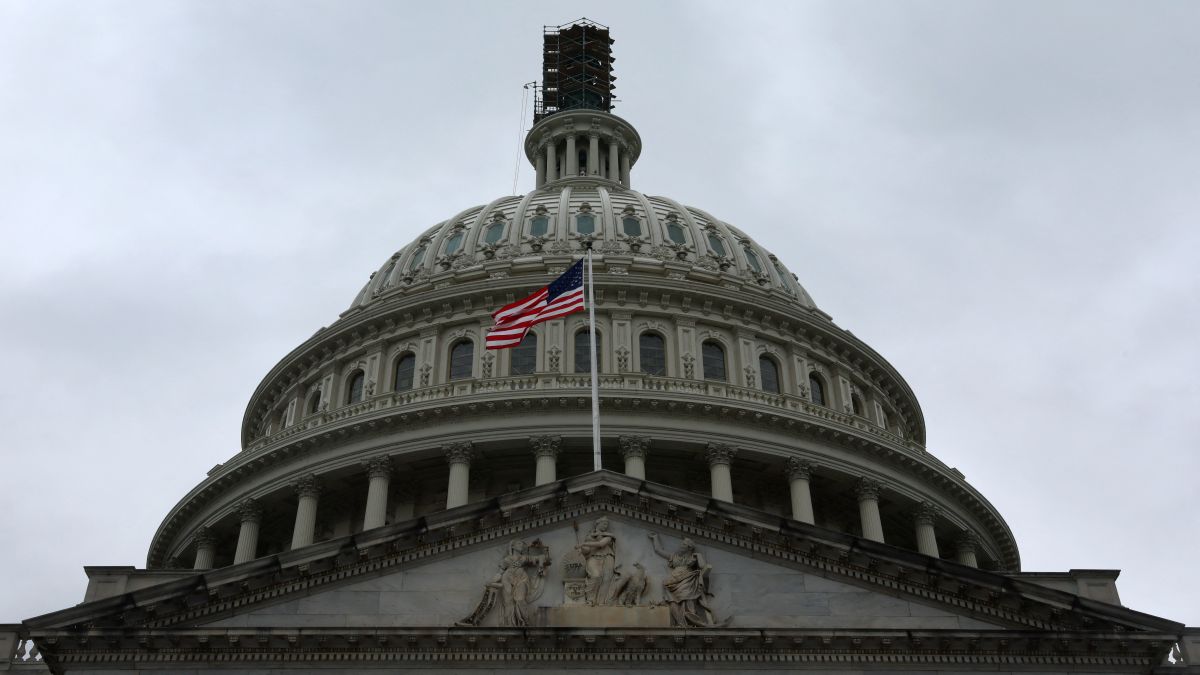
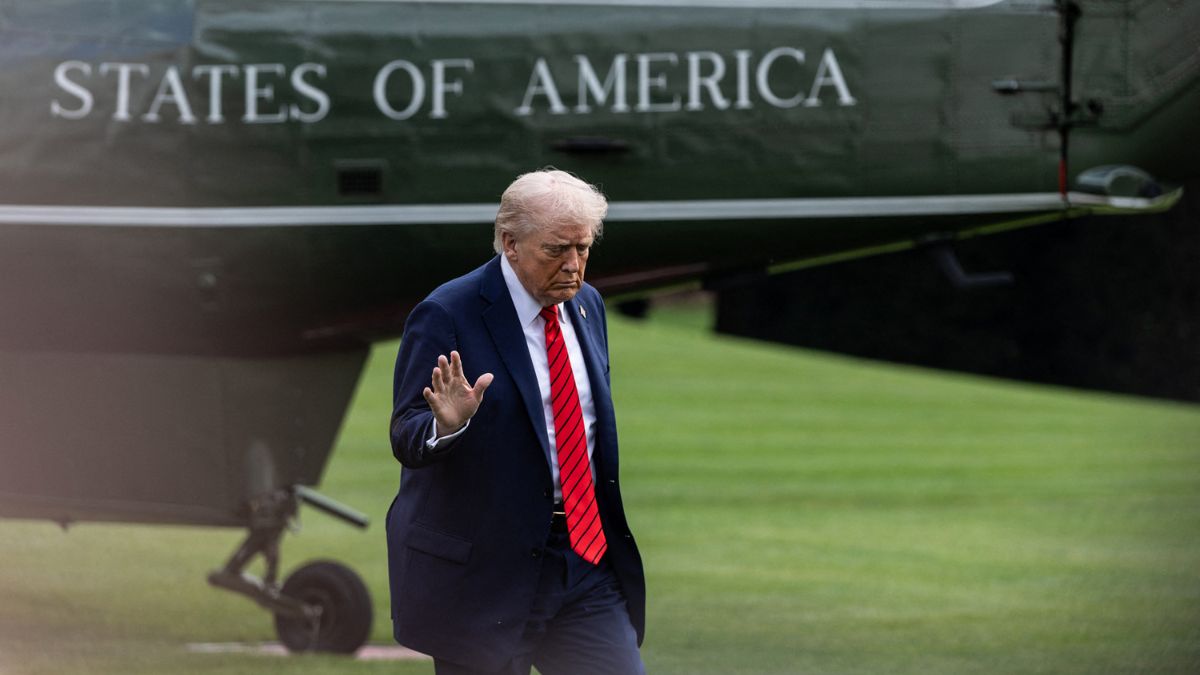)
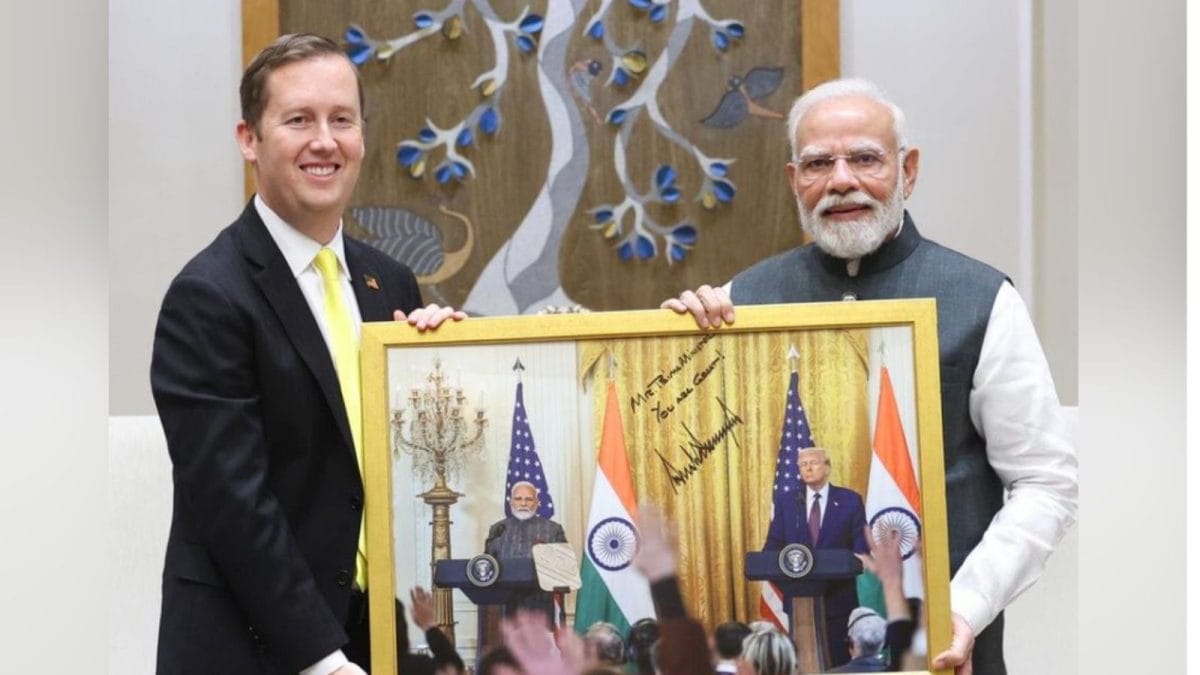)
)
)
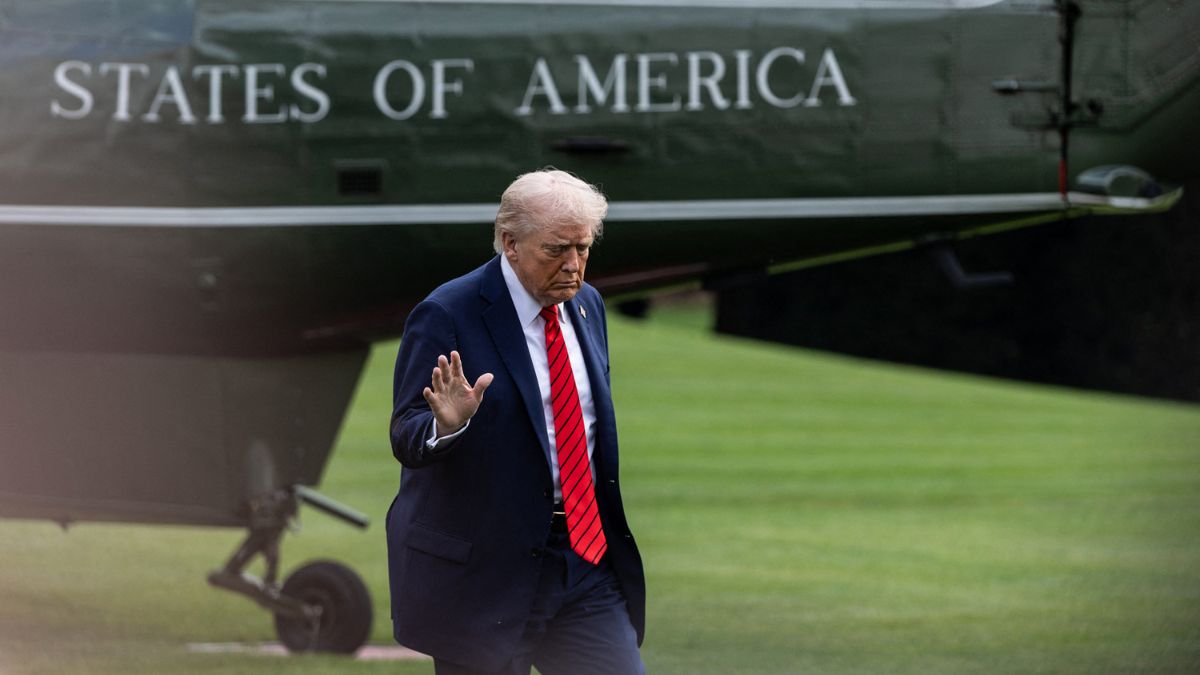)
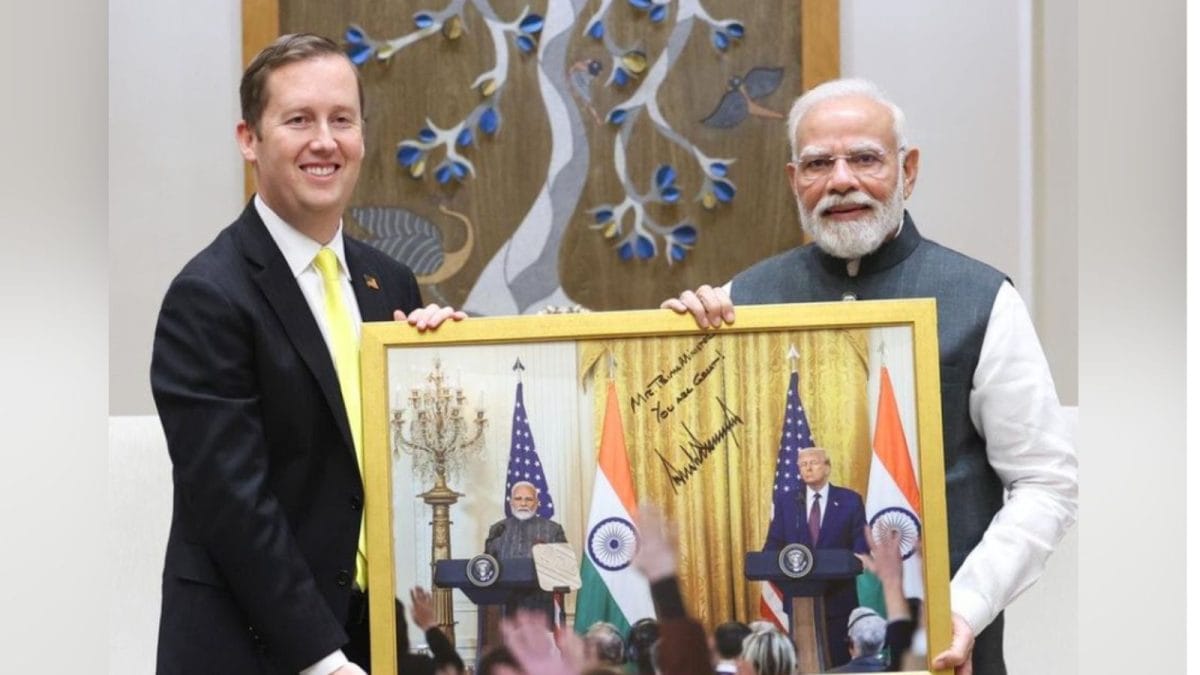)
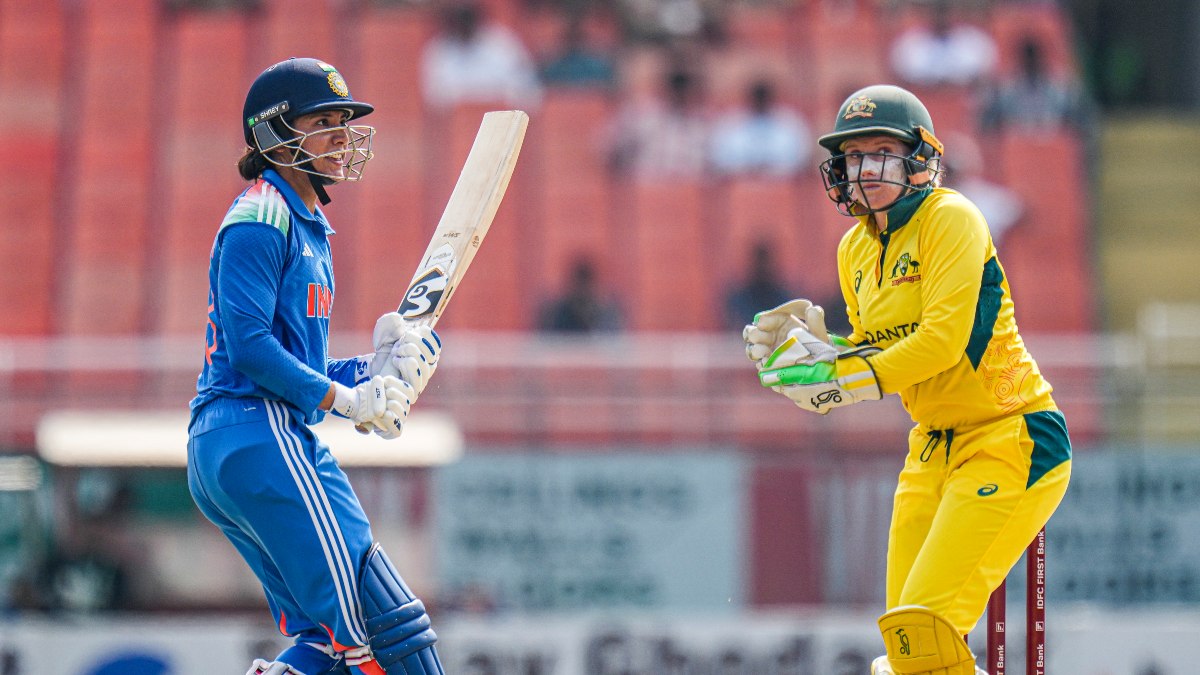)
)



